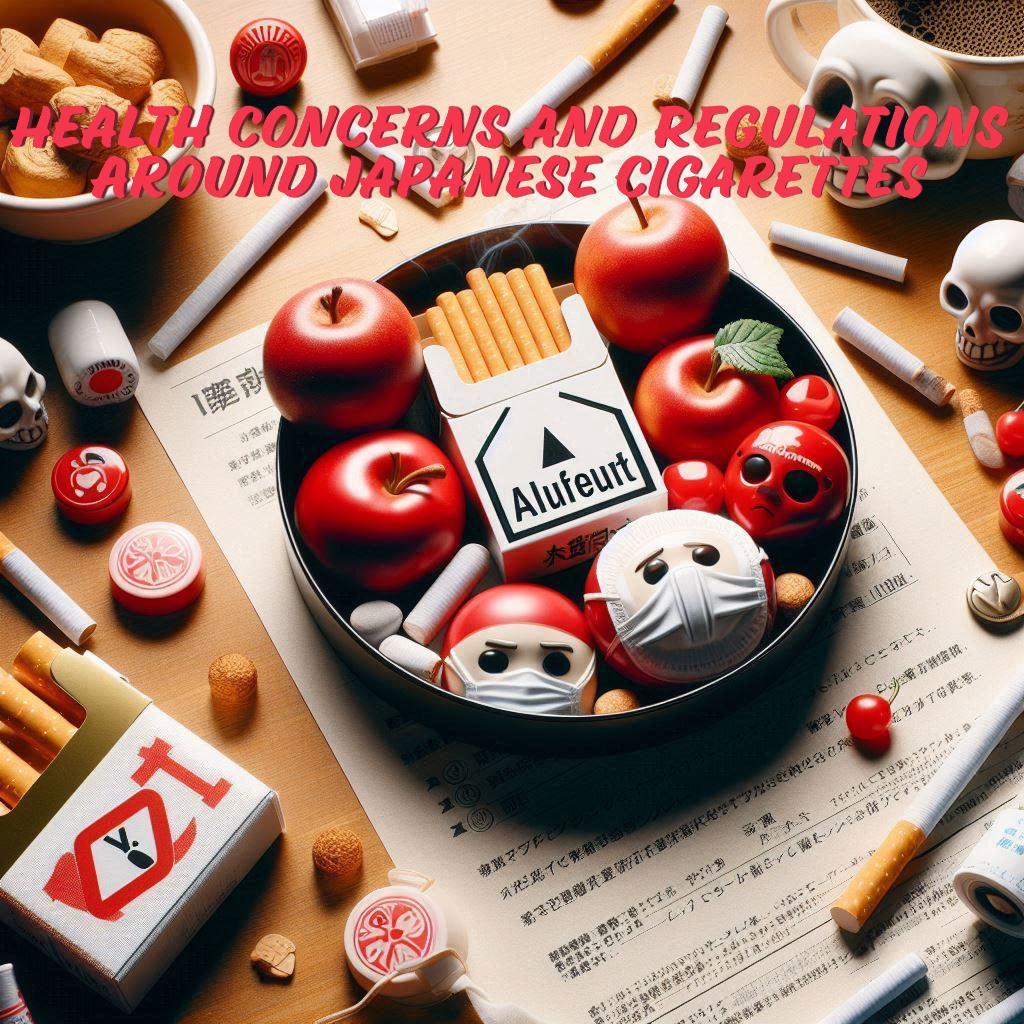Introduction to Japanese Cigarettes
Japanese cigarettes have carved a unique niche in the global tobacco market, captivating smokers with their distinctive flavors and cultural significance. As we delve into the world of these popular products, it’s essential to understand not only their origins but also the health implications they carry. Tobacco use has been woven into Japan’s social fabric for centuries, making it a fascinating subject for both enthusiasts and health advocates alike. With increasing awareness about smoking-related risks, discussions around regulations and preventive measures are more relevant than ever. Let’s explore the intricate relationship between Japanese cigarettes, public health concerns, and efforts towards creating a smoke-free environment in Japan.
History of Tobacco Use in Japan
Tobacco was introduced to Japan in the early 16th century, brought by Portuguese traders. Initially, it was met with curiosity and quickly gained popularity among samurai and merchants.
By the Edo period (1603-1868), smoking had become a common pastime. The art of tobacco cultivation flourished, leading to regional variations in both plants and smoking methods.
As time passed, tobacco transitioned from elite circles into everyday life for many Japanese people. By the late 19th century, Japan began mass-producing cigarettes, appealing particularly to urban workers.
The introduction of modern manufacturing techniques transformed consumption patterns dramatically. Cigarettes became more accessible and affordable.
Throughout the years, social attitudes shifted towards tobacco use as health concerns emerged. However, deeply rooted cultural practices continued to influence habits around smoking well into the 20th century.
Health Concerns Associated with Japanese Cigarettes
Japanese cigarettes, like all tobacco products, carry significant health risks. Smokers are vulnerable to a variety of diseases including lung cancer, heart disease, and respiratory issues. The unique blend of tobaccos used in Japanese brands can sometimes lead to even more intense health problems.
Recent studies have indicated that certain additives found in these cigarettes may increase their harmful effects. These substances could enhance the addictive qualities of nicotine or contribute to other serious conditions.
Secondhand smoke also poses dangers not just for smokers but for those around them. This exposure is linked to various health complications among non-smokers, particularly children and pregnant women.
Despite rising awareness about these threats, smoking remains prevalent in Japan. Cultural acceptance plays a role in maintaining its popularity amidst known health risks.
Regulations on Cigarette Packaging and Advertising in Japan
Japan has stringent regulations governing cigarette packaging and advertising. These rules aim to reduce tobacco exposure among the public, particularly minors.
Cigarette packs feature graphic health warnings that cover a significant portion of the front surface. This visual impact serves as a stark reminder of the dangers associated with smoking.
Advertising is also tightly controlled. Tobacco companies are prohibited from promoting their products on television and radio. Outdoor advertisements are limited, ensuring that fewer people encounter these marketing efforts in everyday life.
Moreover, point-of-sale promotions must be discreet. Retailers can only display cigarette brands without flashy signage or promotional materials. This approach seeks to minimize temptation for potential young smokers while fostering an environment conducive to smoking cessation efforts.
The Role of the Government in Promoting Smoking Prevention
The Japanese government has taken significant steps to combat smoking. Public health campaigns have become more prevalent, focusing on the dangers of tobacco use. These initiatives aim to educate citizens about the risks associated with smoking.
Regulations around public spaces have also tightened. Many cities, including Tokyo, have designated non-smoking areas in parks and near restaurants. This move encourages healthier environments for both smokers and non-smokers.
Taxation plays a crucial role as well. Higher taxes on tobacco products serve as a deterrent for potential users, especially young people. The government hopes that financial barriers will lead to reduced consumption rates.
Furthermore, Japan is increasingly adopting international guidelines from organizations like the World Health Organization (WHO). By aligning with global standards, Japan enhances its commitment to reducing tobacco use across all demographics.
Alternatives to Traditional Cigarettes in Japan
Japan is witnessing a shift in smoking habits, with many turning to alternatives that offer a different experience. One popular choice is heated tobacco products, which heat the tobacco instead of burning it. This method reduces harmful emissions while still delivering nicotine.
Vaping has also gained traction among Japanese smokers. E-cigarettes come in various flavors and often contain fewer toxic substances compared to traditional cigarettes. Many find this option more appealing due to its versatility.
Nicotine pouches have entered the market as well. These smoke-free options provide users with nicotine without any combustion or vaporization process involved.
The push for awareness around health risks associated with smoking has led to increased interest in these alternatives, steering Japan toward innovative solutions for those looking to quit or reduce their cigarette consumption.
Conclusion: Moving Towards a Smoke-Free Japan
Japan is at a crossroads when it comes to tobacco use. With the increasing awareness of health risks associated with smoking, there’s a growing movement toward creating a smoke-free society. The government has implemented stricter regulations on cigarette packaging and advertising, aiming to deter potential smokers.
Public health campaigns are becoming more prevalent, educating citizens about the dangers of smoking and promoting cessation support services. As alternative products gain popularity, such as e-cigarettes and heated tobacco devices, traditional japanese cigarettes face significant challenges.
The cultural perception of smoking is evolving too. Younger generations are increasingly opting for healthier lifestyles that shun traditional tobacco use altogether. This shift in mindset could signal a transformative change in Japan’s relationship with cigarettes.
As these trends continue to unfold, there’s hope for a future where Japanese society embraces better health choices—moving closer to an environment free from the harms of smoking. The journey may be long but each step taken is paving the way for positive transformation in public health across Japan.

Leave a Reply